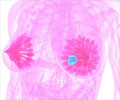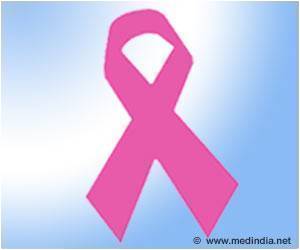
‘African American women of younger age are more likely to be diagnosed with triple negative breast cancer than younger women of other ethnicities. ’
Tweet it Now
The team identified more than 1.15 million cases of breast cancer, with triple-negative cases accounting for about 8.4 percent of all cases. The researchers uncovered a significant incidence of triple-negative breast cancer for women of color, specifically non-Hispanic black women, and for younger women. Compared with non-Hispanic white women, non-Hispanic black women and Hispanic women had higher odds of being diagnosed with triple-negative breast cancer, respectively. More than 21 percent of non-Hispanic black women were diagnosed with triple-negative breast cancer, compared with less than 11 percent for all other types of breast cancer. Women younger than 40 years of age had twice the odds of being diagnosed with triple-negative breast cancer than women aged 50-64 years. Also, among women who were diagnosed with breast cancer, those diagnosed at late stages were 69 percent more likely to have triple-negative cancer than other types.
Because of the aggressive nature of triple-negative breast cancer and the lack of therapeutic options, it is important to know which individuals face a higher risk and what factors may influence this risk, the researchers noted.
"Until we have evidence of what environmental and genetic components contribute to this risk, it is imperative that women know their familial history of breast cancer, discuss that with their physicians and follow screening recommendations," said Lia Scott, lead researcher, recent doctoral graduate of the Georgia State University School of Public Health (Ph.D. '18), and current Steven M. Teutsch Prevention Effectiveness Fellow with the Centers for Disease Control and Prevention Division of Cancer Prevention & Control. "We hope that this update on the epidemiology of triple-negative breast cancer can provide a basis to further explore contributing factors in future research."
According to the American Cancer Society, most breast cancers are mainly classified by three proteins that can affect the cancer's growth: the estrogen hormone receptor, the progesterone hormone receptor and the human epidermal growth factor receptor 2 (HER2). Triple-negative breast cancer does not have any of the receptors, making it difficult to identify what is fueling the cancer's growth. Doctors have fewer options for targeted treatment to destroy these cancer cells. Chemotherapy is still an effective option for treating this cancer and reducing the risk of its return.
Advertisement















